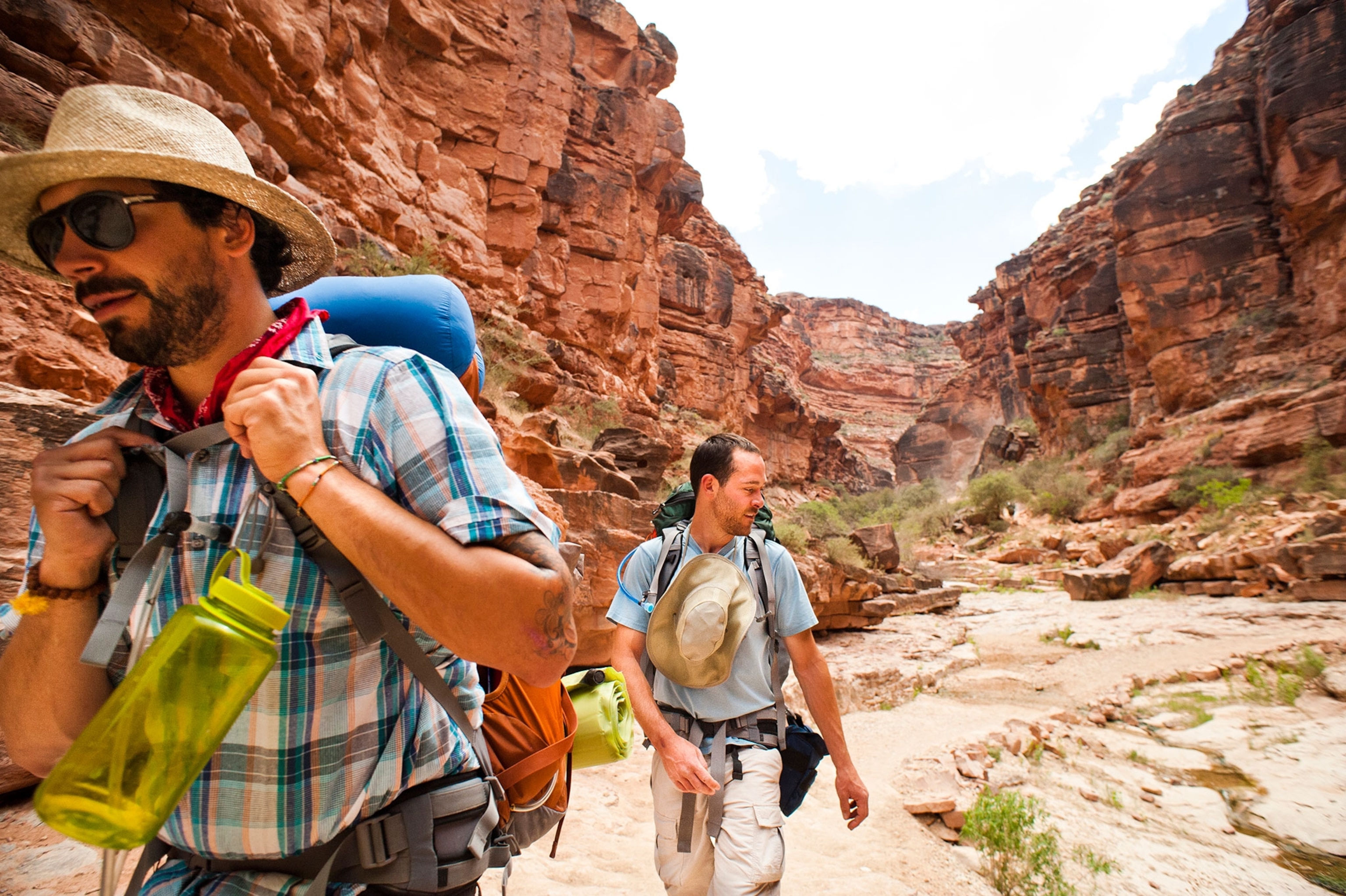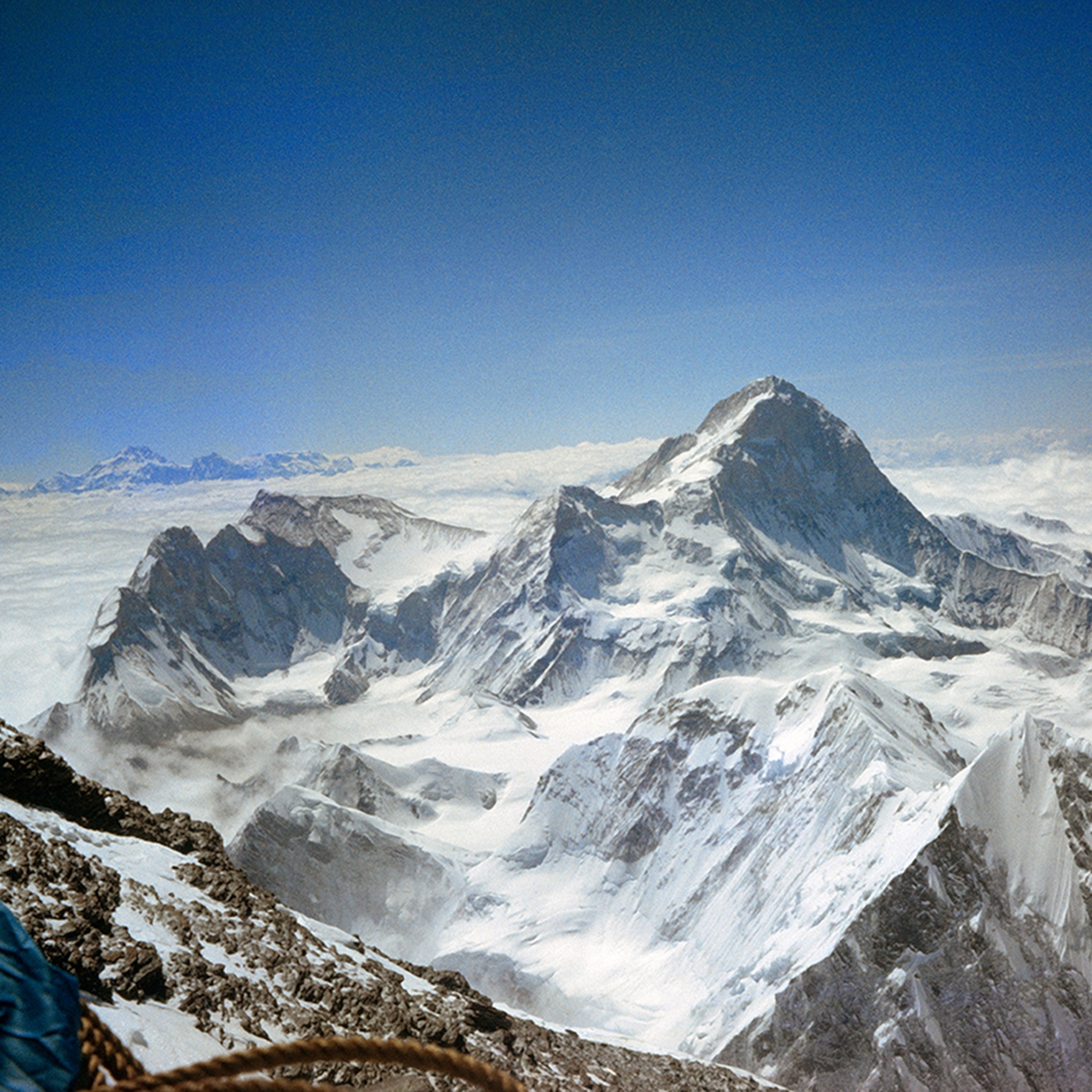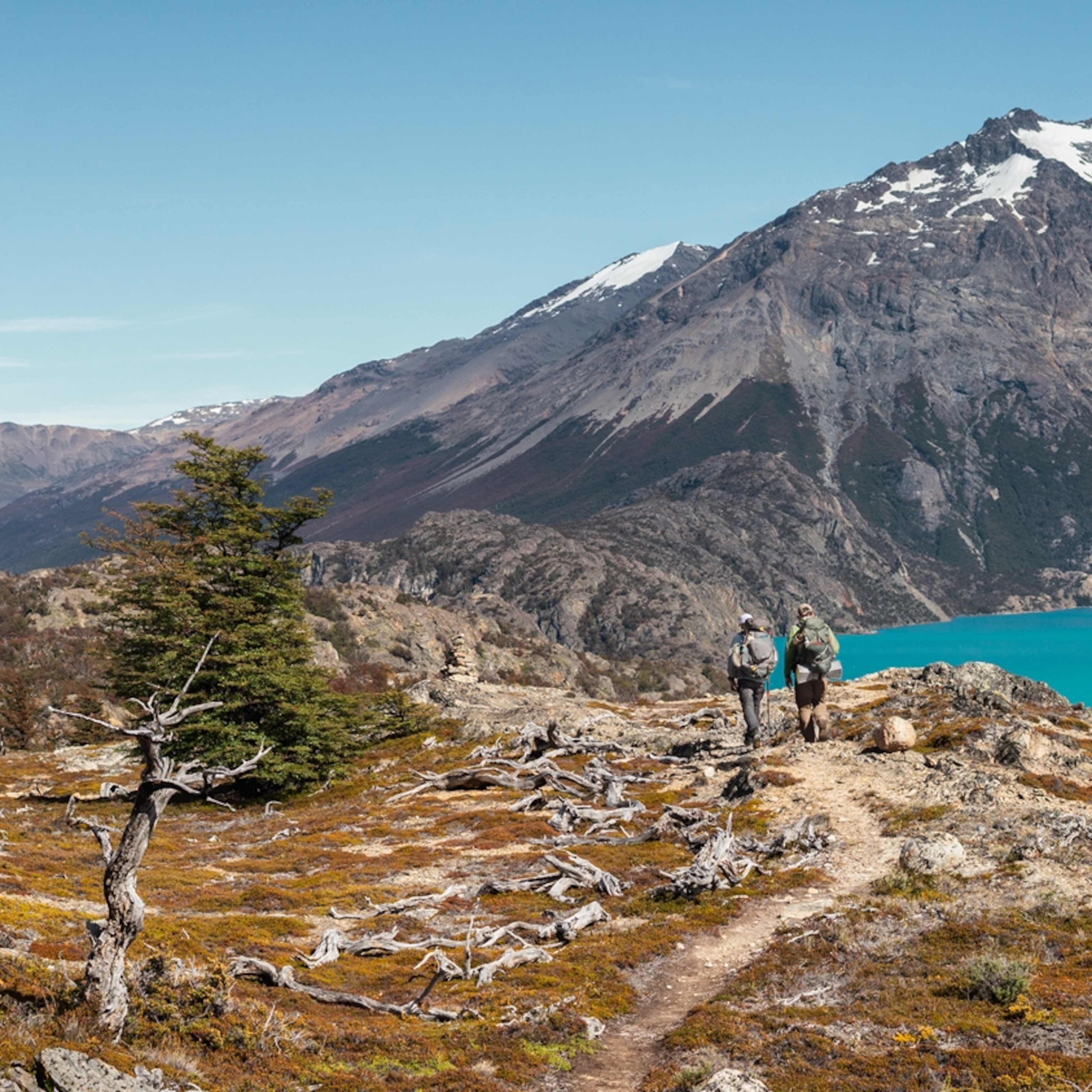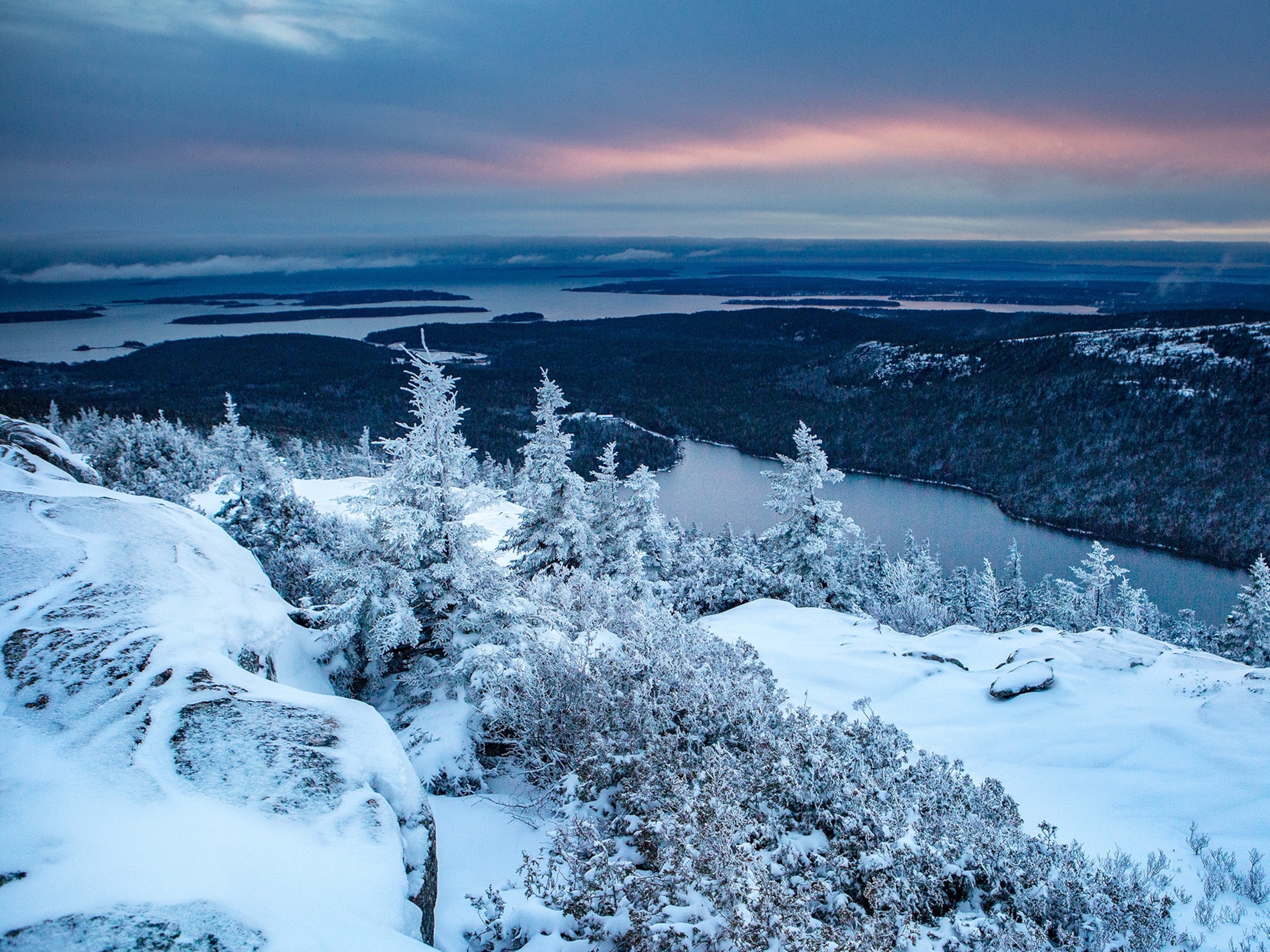
As Heat Wave Causes Hikers' Deaths, Experts Share Safety Tips
Fast-rising temps, lack of water, and inexperience in the desert caught hikers in Arizona off-guard. Being prepared for extreme heat can save lives—here's how.
Fifty miles east of Phoenix, Arizona, the Superstition Mountains rise out of a stark desert landscape. One of Arizona’s most rugged ranges, the jagged hoodoos and narrow canyons were formed by volcanic eruption 30 million years ago. Last weekend, as a record-breaking heat wave struck the Southwest, temperatures in the wilderness area soared dangerously.
As the mercury climbed to 118°F in downtown Phoenix, the Pinal County Sheriff’s Department got a desperate phone call—two young men had gotten lost and were in bad shape. Michael Snyder, the trooper paramedic who responded to the call, said it wasn’t his first of the day—even earlier, two female hikers had run out of water. He looked at the cell phone ping in the Superstitions from the sheriff deputy. “Sometimes they’re accurate, sometimes not.” Then he loaded the necessary equipment in the helicopter, “in case we needed to do a short haul rope under the helicopter, or rappel people in.” As the helicopter took off, he received word that the subject’s medical condition was deteriorating rapidly.
“For me, as a medic, I was staging worse-case scenarios,” Snyder says. “These trails are very rugged; that’s why sometimes we have to rappel to get rescuers in.” Fortunately, the hikers had on brightly colored clothing, and there was a landing spot relatively close. “Doing aerial recon looking for hazards, I saw one of the two hikers was doing CPR on the other, who was lying on the trail,” Snyder says. The pair were at least two hours' hiking time from the trailhead, and the heat was reaching the apex of the day. “By the time we got there, he had expired,” Snyder says. “His friend did as much as he could, but he was past the point where he could resuscitate him in a wilderness setting.”
“Our response time was very rapid,” Snyder says. “It really speaks to how quickly you can get into trouble when out in these environments.”
The next day, three tourists from Germany went hiking near Tucson and were caught out in the heat. One of the three managed to hike down for help, but by the time a rescue team arrived, it was too late for the others. One of the men’s bodies was found about four miles away from the safety of the trailhead. A search continued for the third person until Tuesday, when the body of 33-year-old Marcus Turowski was found west of the trail. Another hiker passed away over the weekend in the Phoenix Mountain Preserve; another near Finger Rock Canyon.
What to Watch For
“With extreme heat like Arizona is experiencing, even what you would normally bring to be prepared is not enough,” says Shelley Littin, an EMT with Southern Arizona Rescue Association. People familiar with exercising in hot temperatures know the best time to get outside is before the heat of the day, but Littin says in these temperatures, even that precaution may be insufficient. “They don’t realize that you can go from normal sweating to being in trouble very quickly. It can happen in 10 minutes. I know people who have died half a mile from their vehicles.”
Typically, dehydration leads to heat exhaustion, which can have a variety of symptoms. People can sweat profusely, become very flushed, vomit, and develop intense headaches. Heat exhaustion can stem from general lack of fluids, but also from electrolyte imbalances—in extreme temperatures, just rehydrating with water is insufficient to maintain a healthy balance of salts. Hyponatremia, a condition when the level of sodium in your blood becomes abnormally low, can occur when you drink too much water without adding electrolytes. It causes your cells to swell, which can cause everything from muscle cramping to seizures and even death.
If protective measures aren’t taken, heat exhaustion and hyponatremia can swiftly progress to heat stroke. Technically speaking, heat stroke is when your core body temperature rises above 104°F. Usually, at this point you’ve already lost your ability to sweat. As your skin dries up, heat radiates from your body. Your central nervous system starts breaking down, and you start to hallucinate. Symptoms can vary, but the end stages are always the same: coma, and then death.
How to Prepare for Extreme Heat
“People who get in trouble with heat underestimate just how dry our state is,” says Carlos Pasano, a paramedic at Wilderness Medics Incorporated, the company the Arizona Fire Service contracted for rescue services for years. “If you leave your home and it’s 90°, you might not be prepared for 120° as the temperatures rise.” Pasano’s safety tips for exercise in the heat are pretty basic. Go with a group, and monitor each other for signs of dehydration—“decreased urination, increased stumbling. Know who’s the least fit and stay within their limits.”
- National Geographic Expeditions
Solo long-distance backpacking veteran Andrew Skurka, author of The Ultimate Hiker’s Gear Guide and a National Geographic Adventurer of the Year, has spent a lot of time hiking in the Southwest and has some hard-earned advice for hiking in hot temperatures. “It's like altitude—your body must adjust to it,” Skurka says. In order to train for the heat, “Go running or hiking with a layer or two more than you actually need. Maybe even increase the temperature in your house.”
Snyder agrees. “I’ve spent lots of hours training in the heat,” he says. “Of course you have to hydrate the night and even the day before. But with heat like this it comes down to acclimatization.” Tourists coming from out of state, or out of the country, can be caught unaware. But the same is true for locals. “I see people going from an air-conditioned office to an air-conditioned vehicle to an air-conditioned home. Then they think they can just go out. They’re going to overheat a lot faster than someone who’s spent a lot of time outdoors.”
Unfortunately, Littin says, “it usually takes two to three weeks to acclimatize,” so when you have extreme heat waves—like Arizona will continue to have this week, that’s not possible.
Ultimately, “you have to be prepared for environment you are entering,” Snyder says. “Plan on having enough supplies to get you through, or don’t go.”







